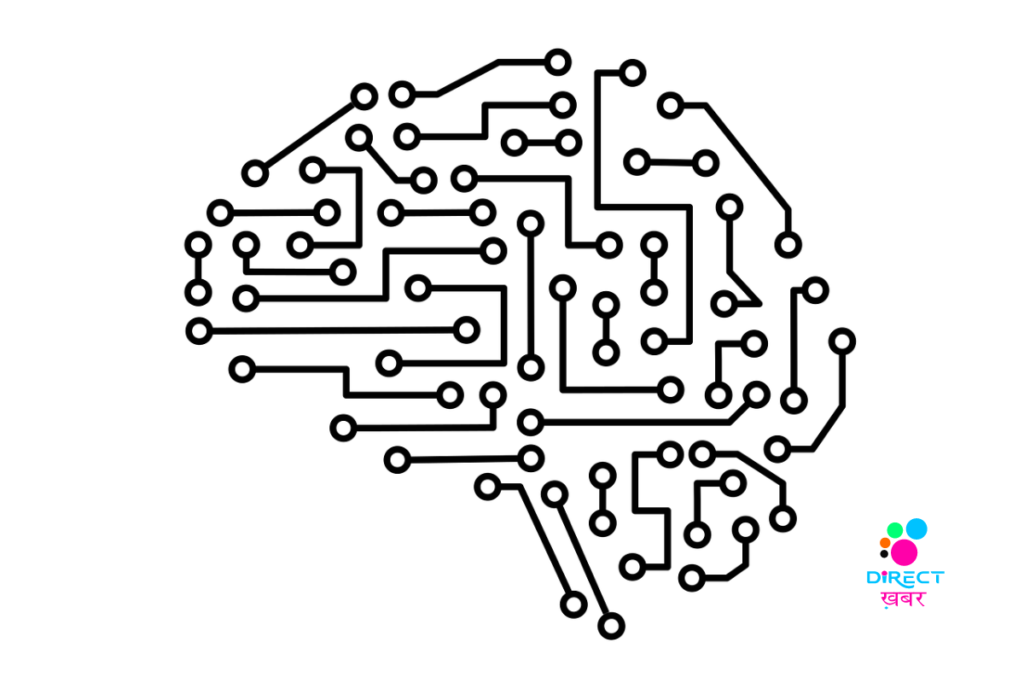Marketing Automation: Streamlining Your Efforts
In today’s fast-paced digital landscape, marketing automation has become an indispensable tool for businesses aiming to streamline their marketing efforts, enhance efficiency, and drive growth. This comprehensive approach leverages technology to automate repetitive tasks, nurture leads, personalize customer interactions, and ultimately, maximize ROI. In this article, we’ll delve into the significance of marketing automation, its key benefits, implementation strategies, and best practices to help businesses harness its full potential.

1. Understanding Marketing Automation
Marketing automation refers to the use of software platforms and technologies to automate repetitive marketing tasks and workflows, enabling businesses to deliver personalized messages to prospects and customers across multiple channels, including email, social media, websites, and more. By automating routine processes such as email campaigns, lead nurturing, social media posting, and data analysis, marketers can focus their efforts on strategic activities that drive engagement and conversions.
2. Key Benefits of Marketing Automation
a. Increased Efficiency: By automating repetitive tasks, advertisement teams can save time and resources, allowing them to focus on high-value activities such as strategy development, content creation, and campaign optimization.
b. Enhanced Personalization: Marketing automation enables businesses to deliver personalized messages and offers tailored to the unique preferences and behaviors of individual customers, thereby increasing engagement and driving conversions.
c. Improved Lead Nurturing: With automated lead nurturing workflows, businesses can systematically engage and educate leads at every stage of the buyer’s journey, ultimately increasing the likelihood of conversion.
d. Better Data Insights: Marketing automation platforms provide valuable insights into customer behavior, campaign performance, and ROI, enabling marketers to make data-driven decisions and optimize their strategies for maximum effectiveness.
e. Scalability: Automation allows businesses to scale their advertisement efforts efficiently, whether they’re targeting a small niche audience or a global market, ensuring consistent messaging and brand experience across all touchpoints.

3. Implementing Marketing Automation
a. Set Clear Goals: Before implementing advertisement automation, define clear objectives and key performance indicators (KPIs) to measure success. Whether it’s increasing lead generation, improving conversion rates, or boosting customer retention, align your automation efforts with your overarching business goals.
b. Choose the Right Platform: Select a advertisement automation platform that aligns with your business requirements, budget, and technical capabilities. Consider factors such as ease of use, scalability, integration capabilities, and customer support when evaluating different options.
c. Segment Your Audience: Segment your audience based on demographics, behavior, and preferences to deliver highly targeted and relevant content. By tailoring your messaging to specific audience segments, you can increase engagement and drive conversions.
d. Create Compelling Content: Develop compelling content that resonates with your target audience at each stage of the buyer’s journey. Whether it’s blog posts, ebooks, webinars, or case studies, provide valuable information that addresses their pain points and positions your brand as a trusted authority in your industry.
e. Automate Workflows: Leverage automation to streamline repetitive tasks such as email advertisement, lead nurturing, and social media management. Set up automated workflows that trigger personalized messages based on customer actions, ensuring timely and relevant communication throughout the customer lifecycle.
f. Measure and Optimize: Continuously monitor the performance of your advertisement automation campaigns and experiments, analyzing key metrics such as open rates, click-through rates, conversion rates, and ROI. Use this data to identify areas for improvement and optimize your strategies for better results.
4. Best Practices for Marketing Automation
a. Maintain Data Quality: Ensure that your customer data is accurate, up-to-date, and compliant with data privacy regulations such as GDPR and CCPA. Regularly clean and validate your database to prevent errors and maintain deliverability rates.
b. Test and Iterate: A/B test different elements of your automation campaigns, including subject lines, call-to-action buttons, and timing, to identify what resonates best with your audience. Use the insights gained from testing to refine your approach and improve performance over time.
c. Focus on Customer Experience: Prioritize the customer experience throughout the automation process, from initial engagement to post-purchase support. Personalize your communication, provide valuable content, and offer seamless interactions across all channels to delight your customers and foster long-term loyalty.

d. Integrate with Other Systems: Integrate your marketing automation platform with other systems and tools, such as CRM software, e-commerce platforms, and analytics solutions, to streamline processes and enable seamless data exchange. This integration allows for a more holistic view of the customer journey and facilitates personalized experiences.
e. Stay Updated: Keep abreast of the latest trends, technologies, and best practices in marketing automation to ensure that your strategies remain relevant and effective. Attend industry conferences, participate in webinars, and engage with online communities to stay informed and inspired.
Marketing automation offers a myriad of benefits for businesses seeking to streamline their marketing efforts, drive efficiency, and enhance customer engagement. By leveraging automation technologies, businesses can deliver personalized messages, nurture leads effectively, and optimize their marketing strategies for maximum impact. By following best practices and staying abreast of emerging trends, businesses can unlock the full potential of marketing automation and achieve their growth objectives in today’s competitive marketplace.






